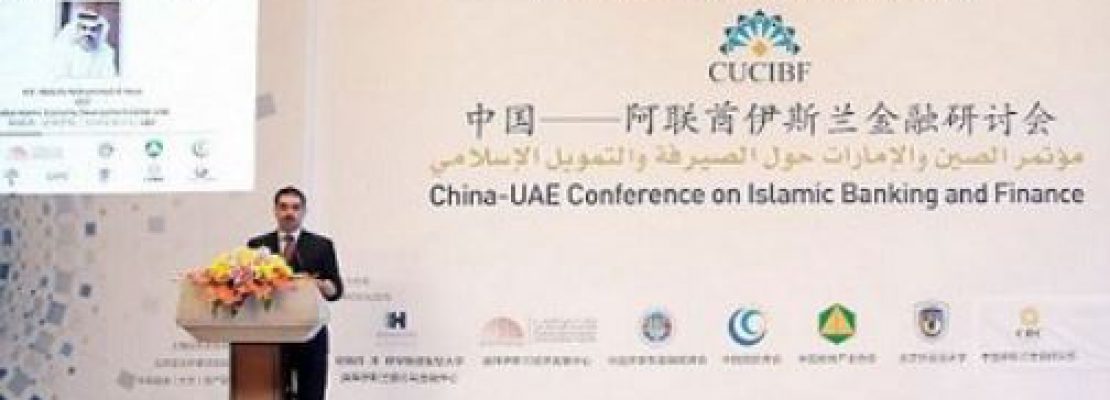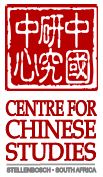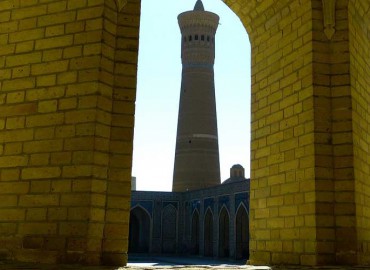
Commentary by Yi Ren Thng, Visiting Scholar, Centre for Chinese Studies, Stellenbosch University
Corporate China Expressing an Interest in Islamic Finance
Article Overview
With only roughly 20 million Muslims in China, it is not surprising that Islamic finance has not taken off in China. Recently, however, some Chinese companies have expressed interest in tapping into offshore pools of Islamic funds. For example, HNA Group, a mainland Chinese firm that owns Hainan airlines, is reportedly considering Islamic financing options for its proposed US$ 150 million acquisition of ships as well as a large offering of offshore Sukuk (Islamic bonds).
Another example is that of Country Garden, a Guangdong-based property developer, which issued a Malaysian Ringgit 1.5 billion sukuk through its Malaysian subsidiary in December 2015. Nonetheless, the use of Islamic financing is far and few amongst Chinese companies given the relative competitive onshore borrowing costs and significant technical hurdles involved. Private companies are at a disadvantage in terms of onshore borrowing as compared to their state-owned enterprise counterparts given the latter’s privileged access to the loan markets. Therefore, private companies may welcome the opportunity to diversify their sources of funding and access to credit.
Islamic finance as a tool of Chinese financial diplomacy
Chinese interest in Islamic finance can be motivated by the diversification of funding sources as much as financial diplomacy purposes. China’s growing geo-political clout via the Beijing-backed Asian Infrastructure Investment Bank (AIIB) and the ‘One Belt, One Road’ initiative affords new incentives to facilitate the use of Islamic finance. To this end, the AIIB has engaged the IDB for mutual exchange of Islamic finance expertise.
A successful collaboration between both institutions in Islamic finance immediately differentiates the AIIB from similar institutions such as the Asian Development Bank and the World Bank, while affording more options for AIIB member countries’ large demand for infrastructure development. It is also propitious for the AIIB that Islamic finance was successfully deployed in the US$ 1.95 billion flagship Thar Block II coal mining project and associated power plant projects in Pakistan’s Thar Region along the China-Pakistan Economic Corridor (CPEC), given the AIIB’s recent announcement of a series of co-financed road projects in the CPEC region.
Additionally, the broadening of ‘One Belt, One Road’ to include Africa under ‘One Belt, One Road, One Continent’ could lead to greater resonance for Islamic finance via China’s existing interests in Africa. After all, both Africa and China have taken concrete steps to invest in the future development of Islamic finance. For example, Kenya has to date two fully-fledged Islamic banks – First Community and Gulf Arab Bank – as well as a shari’ah-compliant takaful (insurance) company.
There are also plans to table a new Islamic Finance Bill to be passed by the end of 2016. African countries with Islamic majorities such as Senegal and Niger issued locally-denominated sukuk bonds in 2014 and 2015 respectively, while South Africa issued the continent’s first USD denominated sukuk bonds in 2014 that targeted Asian and Middle Eastern buyers alongside regional African buyers.
Nigeria have signalled their ambitions to develop a thriving Islamic finance hub, as evidenced by the Central Bank of Nigeria being a founding shareholder of Malaysia’s International Islamic
Liquidity Management Corporation. In response, China has engaged the African Islamic financial sector, for instance, through the signing of a Memorandum of Understanding between the Islamic Corporation for the Development of the Private Sector, the private sector arm of the IDB and the China-Africa Development Fund during the inaugural China-Organisation of the Islamic Conference meeting held in Beijing earlier this year.








